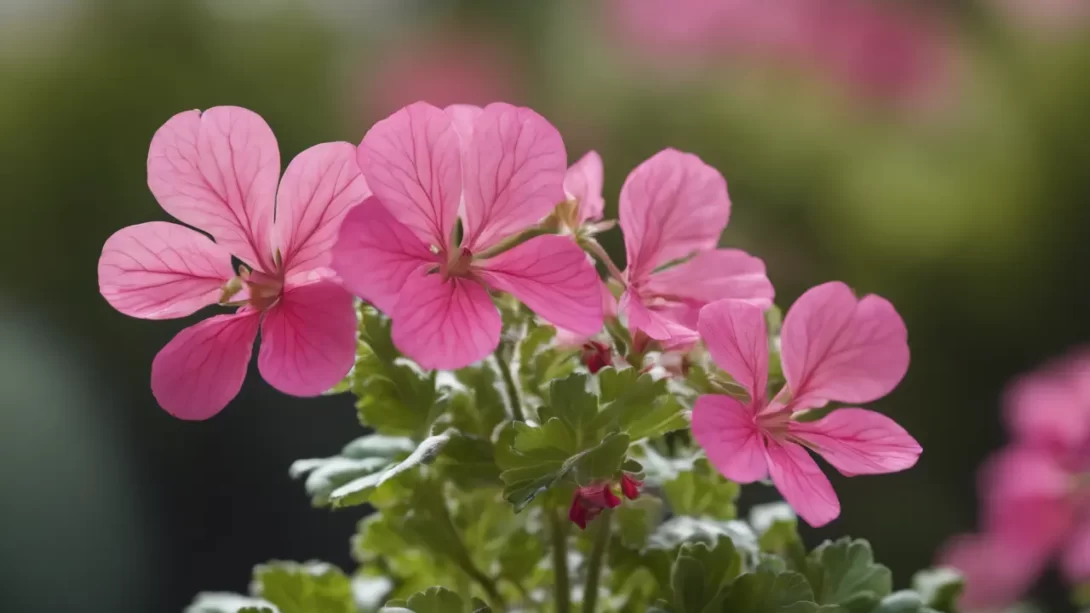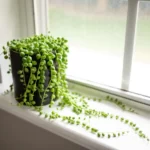Gnats are a common nuisance in both outdoor and indoor environments, often disrupting leisure activities and household comfort. In the quest for natural insect repellent solutions, citronella is frequently mentioned for its effectiveness against a variety of pests. This article aims to explore the specific effectiveness of citronella in repelling gnats, offering insights for those seeking natural and safe methods to manage these persistent insects.
Gnats
Gnats, often confused with fruit flies, encompass several species of tiny flying insects, including fungus gnats, black gnats, and sand gnats. These pests are typically found around damp areas, organic matter, and plants. Gnats are known for their bothersome swarming behavior and can be particularly problematic during the warmer months. While they are generally more of a nuisance than a health hazard, their presence can be unpleasant and disruptive, especially during outdoor activities like picnics, gardening, or when relaxing on a patio.
Citronella: A Natural Repellent
Citronella is derived from the leaves and stems of the Cymbopogon genus, particularly from the species Cymbopogon nardus and Cymbopogon winterianus. The oil extracted from these plants is known for its distinctive, lemony scent and is a common ingredient in insect repellent products, such as candles, sprays, and lotions. Citronella works as a repellent primarily by masking the scents that attract insects, thereby making it difficult for them to locate their targets. Its natural, plant-based origin makes citronella a popular choice for those seeking eco-friendly and non-toxic pest control options.
Effectiveness of Citronella Against Gnats
The use of citronella as a gnat repellent has been backed by various studies and expert analyses, though results can vary. The effectiveness of citronella against gnats depends on factors like the concentration of the oil, the method of application, and the specific species of gnats. Citronella candles and diffusers, for example, can create a scent barrier that helps keep gnats at bay in a localized area. However, their efficacy can be limited and may not be uniform across all gnat species. Environmental conditions such as wind and humidity can also impact how well citronella works in repelling gnats. Understanding these variables is crucial for maximizing the use of citronella in gnat control.
Alternative Natural Repellents for Gnats
While citronella is a well-known natural repellent, there are other substances and methods that can be effective against gnats. These include:
- Peppermint Oil: Known for its strong scent, peppermint oil can repel various insects, including gnats.
- Vanilla Extract: A mixture of pure vanilla extract and water can be an effective repellent against gnats.
- Eucalyptus Oil: Its potent aroma is useful in keeping gnats and other insects at bay.
- Apple Cider Vinegar Traps: A popular home remedy for trapping and eliminating gnats.
- Lavender: Growing lavender plants can deter gnats due to its natural insect-repelling properties.
Comparing these alternatives with citronella, it’s important to consider their respective scents, ease of application, and effectiveness against specific gnat species. Some natural repellents may work better in certain conditions or for particular types of gnats. Combining different natural repellents can sometimes offer more comprehensive protection against these pests.
Safe and Effective Use of Citronella
For citronella to be both safe and effective, proper usage is key. Citronella products should be used as directed, especially when applying oils directly to the skin or in areas frequented by children and pets. Diluting citronella oil appropriately is important to avoid skin irritation. When using citronella candles or diffusers, placing them strategically in areas where gnats are most prevalent can enhance their effectiveness.
Environmental considerations are also important when using citronella. While it is a natural product, responsible use is necessary to minimize any potential ecological impacts. Sustainable sourcing of citronella products and considering the environmental footprint of these products can contribute to more eco-friendly pest control practices.
Integrating Citronella into a Comprehensive Gnat Repellent Strategy
To effectively manage gnat problems, it’s often beneficial to use an integrated approach that combines various repellent methods. Incorporating citronella into a broader strategy can enhance its effectiveness. For instance, using citronella candles in conjunction with other natural repellents, such as planting lavender or applying peppermint oil in key areas, can create a more robust barrier against gnats.
In addition to using repellents, maintaining a clean environment is crucial in minimizing gnat attraction. Regularly removing standing water, keeping outdoor dining areas clean, and properly storing food can significantly reduce the presence of gnats. Ensuring good drainage in plant pots and garden areas also helps, as many gnat species thrive in moist soil.
Practical Tips for Outdoor and Indoor Gnat Control
For outdoor settings, strategically place citronella candles or torches around patios, decks, and garden areas where gnats are most problematic. Inside the home, consider using diffusers with citronella oil or other natural repellents to deter gnats. Remember that natural repellents are generally most effective in contained areas with minimal air movement.
Conclusion
Citronella can be an effective tool in repelling gnats, especially when used as part of a comprehensive pest management strategy. Its natural properties make it a desirable choice for those seeking eco-friendly and non-toxic solutions. However, its effectiveness can vary based on environmental conditions, gnat species, and the method of application. By combining citronella with other natural repellents and maintaining a clean environment, you can create a more effective defense against these pesky insects. Remember, the best approach to gnat control is a multifaceted one that adapts to the specific challenges of your environment. With the right combination of strategies, you can enjoy your indoor and outdoor spaces without the annoyance of gnats.



